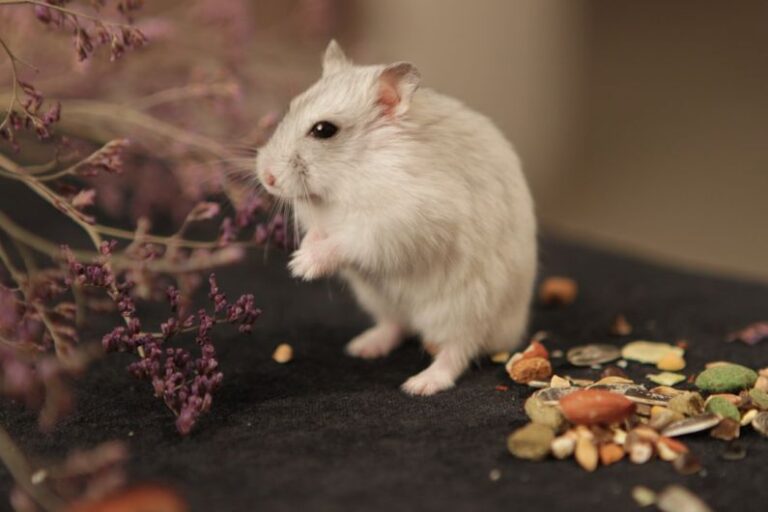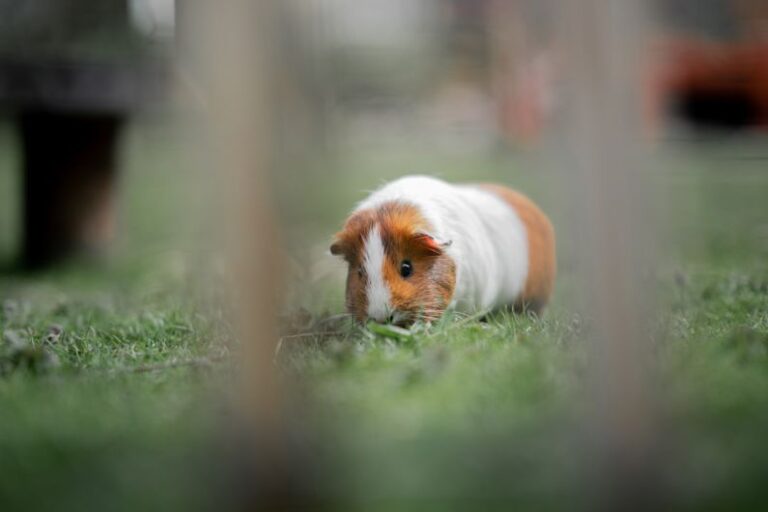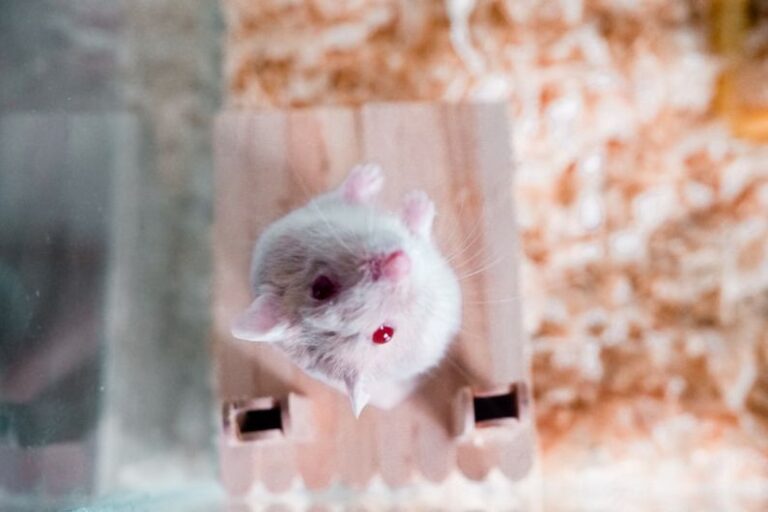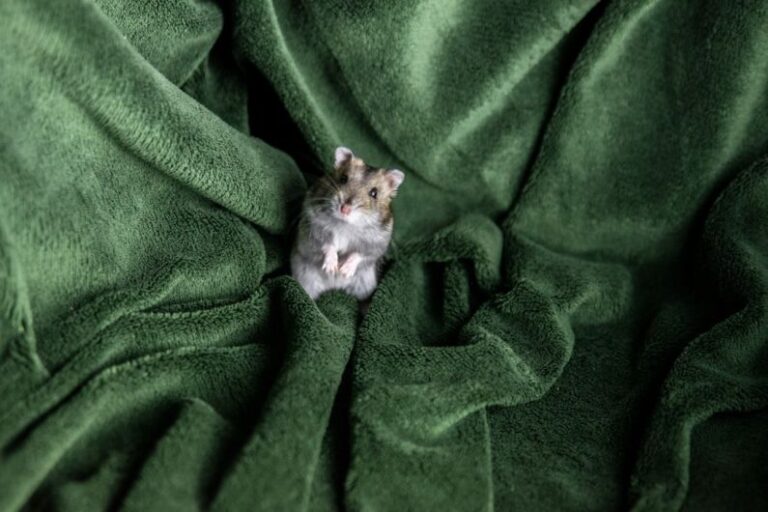
Hamsters are popular pets known for their small size, cute appearance, and playful nature. When it comes to choosing a hamster as a pet, one question that potential owners often ask is whether to get a male or female hamster. While both male and female hamsters make wonderful companions, there are some key differences between the two that potential owners should consider before making a decision.
Physical Differences
One of the most noticeable differences between male and female hamsters is their physical appearance. Male hamsters tend to be slightly larger than females, with a more robust build. In addition, male hamsters have a scent gland located on their bellies, which they use to mark their territory. This gland can sometimes be mistaken for a tumor or other abnormal growth, but it is a normal part of a male hamster’s anatomy.
Female hamsters, on the other hand, have a shorter distance between the anus and the genital opening compared to males. This can make it easier to distinguish between male and female hamsters, especially in younger animals. Additionally, female hamsters may have a visible pair of nipples on their underside, which are used to nurse their young.
Behavioral Differences
In terms of behavior, male and female hamsters can exhibit some distinct differences. Male hamsters are generally more territorial and aggressive than females. They may be more prone to fighting with other hamsters, especially if they are housed in the same cage. Male hamsters also tend to scent mark more frequently than females, using their scent glands to establish their territory.
Female hamsters, on the other hand, are typically more social and can often be housed together without issues. However, female hamsters may become aggressive towards each other if they are housed in too small of a space or if there is not enough food or resources available. It is important to monitor the behavior of female hamsters closely to ensure that they are getting along.
Reproduction
Perhaps the most significant difference between male and female hamsters is their reproductive capabilities. Female hamsters are capable of reproducing at a very young age, sometimes as early as 4-5 weeks old. This means that if you have a male and female hamster housed together, you may quickly find yourself with a litter of baby hamsters on your hands.
Male hamsters, on the other hand, do not have a breeding season and can be fertile year-round. This means that if you have a male hamster, you will need to take precautions to prevent unwanted pregnancies if you do not want to breed your hamsters.
Health Considerations
In terms of health considerations, there are some differences between male and female hamsters that potential owners should be aware of. Female hamsters have a higher risk of developing mammary tumors as they age, especially if they have not been spayed. Male hamsters, on the other hand, may be more prone to developing testicular tumors.
Additionally, female hamsters are at risk of developing a condition known as pyometra, which is an infection of the uterus. This condition can be life-threatening if not treated promptly. Male hamsters may be more prone to developing scent gland tumors, which can also be a serious health concern.
Choosing the Right Hamster for You
When deciding whether to get a male or female hamster, it is essential to consider your own preferences and lifestyle. If you are looking for a more social and easy-going pet, a female hamster may be the right choice for you. However, if you prefer a larger, more robust hamster or if you are interested in breeding hamsters, a male hamster may be the better option.
Regardless of whether you choose a male or female hamster, it is essential to provide your pet with a suitable habitat, a balanced diet, and regular veterinary care to ensure their health and well-being. By understanding the differences between male and female hamsters and considering your own preferences, you can make an informed decision about which type of hamster is the best fit for you.





